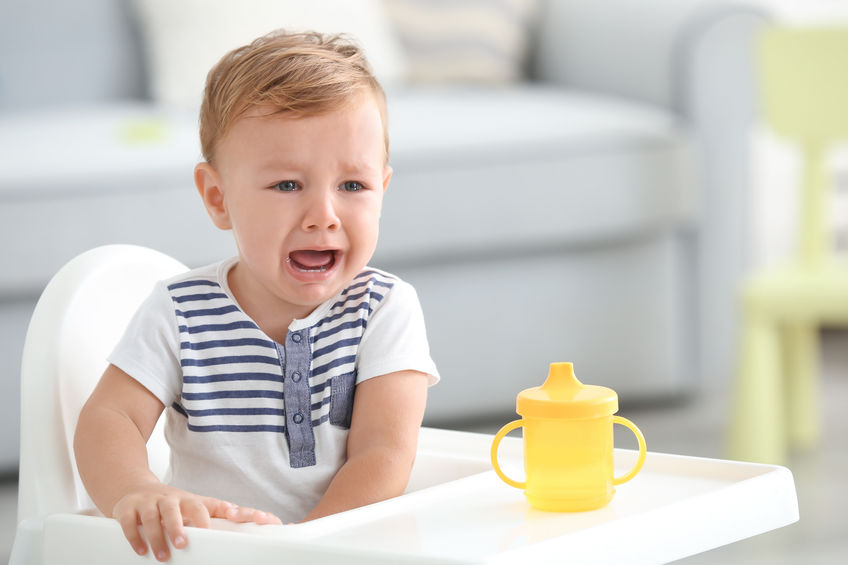
Self-Reg Book Reviews.
Self-Reg by Dr.Stuart Shanker, published 2016, gives parents an entirely new way of understanding a child’s behavior.
If you want to help your child calm and avoid tantrums, learn to truly calm yourself and stop responding by raising your voice, threatening or punishing your child for misbehaving. The book Self-Reg will teach you how.
Dr. Shanker says it is crucial for parents, teachers and principals to distinguish between self-control and self-regulation. This idea also applies to the distinction between misbehavior and stress behavior. Parents often struggle with tantrums caused by stress behavior. If the parent or teacher fails to make these distinctions and react to the child’s behavior as if it is a choice to behave badly, chances are the parent responds with agitation or even worst, a raised voice or harsh punishment. Shaker explains harsh punishment will often send the child into a “freeze response” and the adult concludes with some satisfaction that their punishment “worked.” In fact, this type of response can make matters worse, adding to the child’s stress level and tantrum behavior.
If you have a “sensitive child,” they might have a very delicate danger alarm deep within the brain, in an area called the limbic system. Your kid may become easily aroused on an emotional and a physical level due to the response of their central nervous system. What your child needs the most is safety and soothing, not threats and aggression. Dr. Shaker describes the functioning of the emotional brain in some detail, but ultimately uses the metaphors of the “gas pedal” which speeds everything up and the “brake” which slows everything down.
If you have a child that is having temper tantrums, emotional meltdowns, or seems to ignore you, then you will find this book an eye-opener. It gives parents a different way of seeing and understanding the behaviors of their child. When parents begin to view their child’s tantrums and other challenging behaviors in terms of “self-regulation in response to stress, arousal and energy levels, rather than in terms of [the lack of] self-control and [the lack of] compliance,” then the parents can begin to think about a whole new way of responding to that child. One of the most important ways of responding differently is that the parent realizes the need to calm their own emotional brain in order to help the child calm theirs. Learn to first calm yourself to help kids avoid tantrums. Dr. Shanker calls this “interbrain communication” which is always occurring on an unconscious basis and is more important than words. This is the same process by which most mothers and many fathers sooth their infants intuitively. But if parents are unhappy, even slightly annoyed or agitated with a child’s behavior, this is stressful to the child in and of itself and is more likely to increase, not decrease tantrums.
This book was exciting for me to read as a professional who works with parents with children who struggle with their self-regulation. I wish there were more practical tools to help parents calm their own limbic systems (emotional brains) and that of their child. The parts of the book that tell personal stories of parents and children help illustrate the concepts Dr. Shanker is describing. These parts are helpfully set off with a different print and borders for easy referencing. If you are a parent who suspects your child might have a self-regulation problem and you are seeking a better understanding of what your child is experiencing and how you can respond in a more helpful manner, I highly recommend this book.
For more parenting support, join us for an Upcoming Live Workshop, browse our Libraries of Quick Video Solutions and check out our podcasts and other resources. Questions? Email us at Solutions@Peaceathomeparenting.com or learn more about our Corporate, School and NonProfit programs.